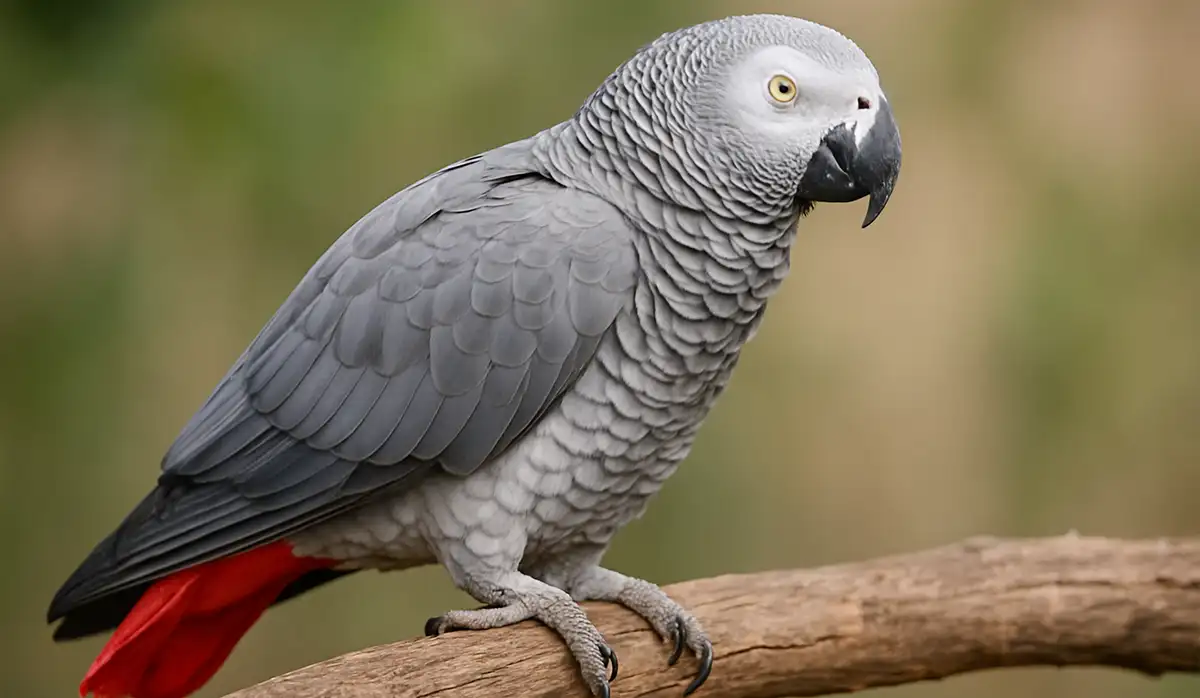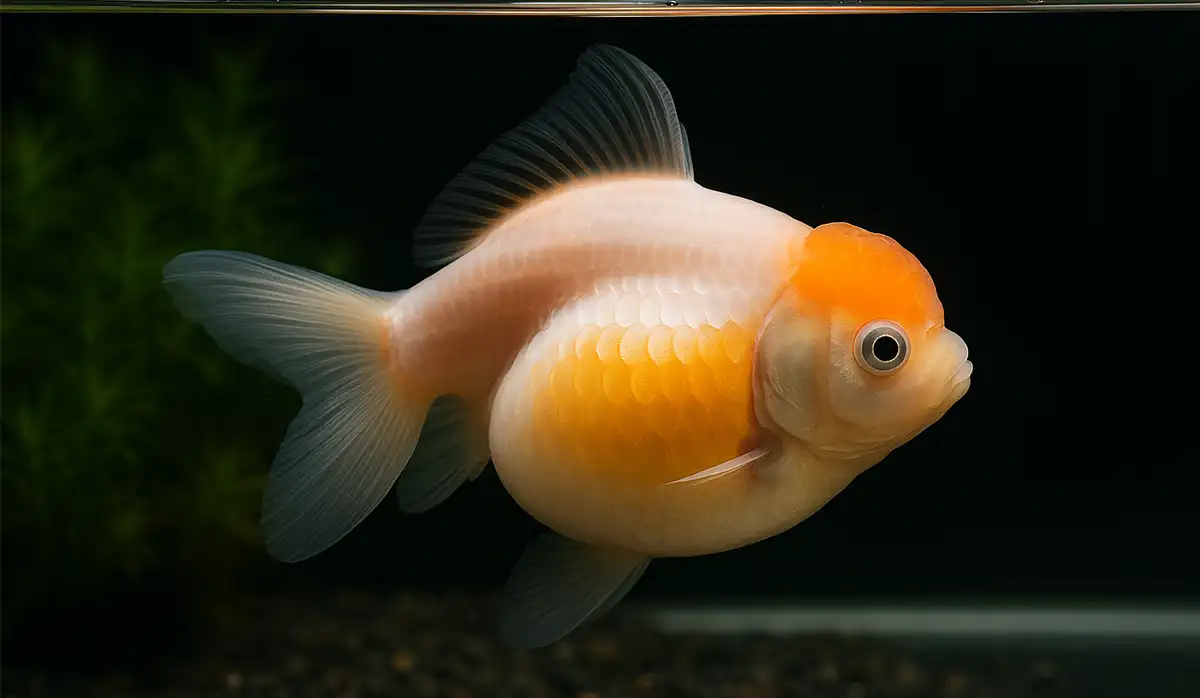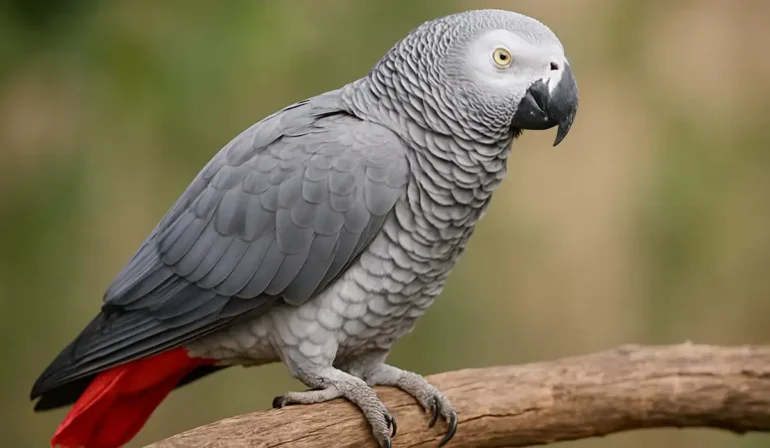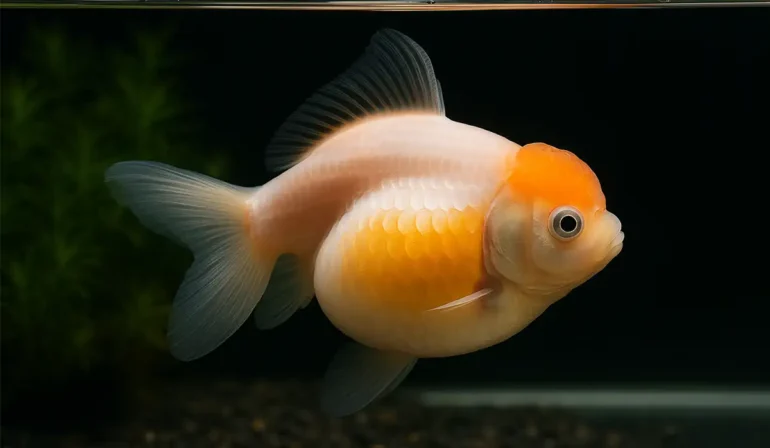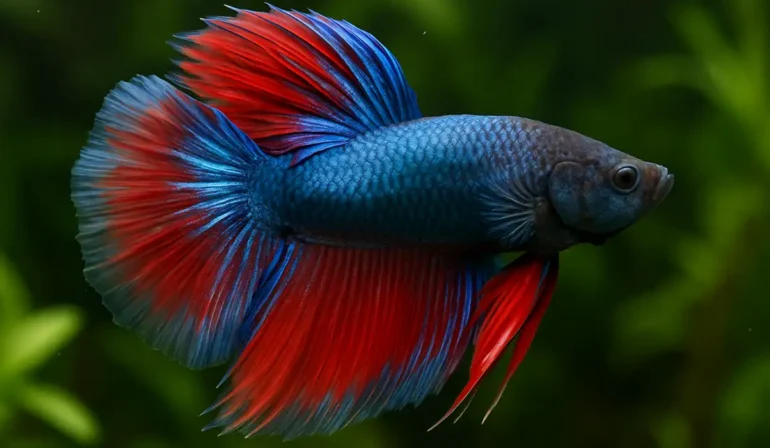The Ultimate Guide to Bengal Cats: Beauty, Brains, and a Whole Lot of Sass
By Pet Luvz on April 18, 2025

Table of Contents
Introduction to Bengal Cats
So, you’ve seen that stunning spotted feline on Instagram or maybe even passed one on the street and thought, “What kind of mini-leopard is that? These exotic-looking beauties are more than just their show-stopping appearance—they’re a whirlwind of energy, intelligence, and affection (with a touch of mischief). Let’s dive deep into everything you need to know about Bengal cats!
For more pet care tips, visit PetLuvz.
Origins and History
Where Did Bengal Cats Come From?
This unique mix started in the 1960s, but it wasn’t until the 1980s that breeders like Jean Mill worked hard to develop the Bengal into a stable, domestic breed. Read more about Jean Mill on Wikipedia
The Leopard Cat Connection
The Asian leopard cat (Prionailurus bengalensis) is a small wild cat found in Asia. It has that mesmerizing spotted coat that breeders aimed to preserve in Bengal cats—without keeping the wild temperament. More on Leopard Cats from Britannica
Official Recognition of the Breed
Bengals gained recognition from The International Cat Association (TICA) in 1983, and the breed has been growing in popularity ever since.
Physical Appearance
Exotic Looks That Turn Heads
Their coats glisten, their eyes are wild and expressive, and their stance is confident and athletic. Bengals are a walking art piece.
Size and Build
Bengals are medium to large cats. Males can weigh between 10–15 pounds, while females are slightly smaller. They’re muscular, sleek, and agile.
Unique Coat Patterns and Colors
Rosetted Patterns
Think mini-leopard. Rosettes are dark spots with lighter centers, giving them that jungle-cat vibe.
Rare Color Variants
Snow, Blue, and Silver Bengals are just a few stunning variants recognized by breeders and TICA.
Personality and Temperament
Are Bengal Cats Friendly?
Absolutely! They aren’t shy about letting you know they’re around.
The Wild Side – Are They Aggressive?
Despite their wild ancestry, Bengals are not aggressive by nature. The ASPCA offers advice on managing high-energy cats.
Energy Levels and Playfulness
They’re built to move. Bengals can play for hours and often invent their own games if you’re not keeping up.
Living with a Bengal Cat
Bengal-Proofing Your Home
Like little engineers, they figure out how to open cabinets and doors. Investing in pet-safe locks is smart.
Interaction and Social Needs
They love interaction. Bengals can become depressed if left alone for too long.
Best Toys and Activities
Chewy’s Bengal toy selection is worth checking out.
Bengal Cat Care
Diet and Nutrition
Bengals thrive on a high-protein diet. Look for grain-free, meat-rich options. Learn more from PetMD’s Bengal nutrition guide.
Grooming Needs
Their short coat makes grooming easy. A quick brush once or twice a week usually does the trick.
Common Health Issues
Conditions like hypertrophic cardiomyopathy (HCM) are known in the breed. VCA Animal Hospitals explains HCM in detail.
Lifespan and Vet Visits
Expect 12–16 years of companionship with proper care. Annual vet visits, vaccinations, and blood work help catch issues early.
Training Your Bengal Cat
Litter Box Training
Most Bengals are quick learners when it comes to litter boxes. Keeping it clean is key.
Clicker Training & Tricks
Yes, you can teach your Bengal to sit, high-five, and walk on a leash. Learn the basics of clicker training for cats from the Humane Society.
Reducing Destructive Behavior
A bored Bengal is a mischievous Bengal. Use enrichment and scheduled playtime to avoid chaos.
Are Bengal Cats Good for Families?
With Kids
They’re great for energetic families. Bengals can match a child’s playfulness and enthusiasm.
With Other Pets
Early socialization helps.
Cost of Owning a Bengal Cat
Purchase Price
Buying from a reputable breeder can cost $1,000–$5,000. Make sure your breeder is TICA-registered and transparent. Check Bengal breeders on TICA.
Ongoing Costs
Expect food, vet bills, toys, and grooming supplies to add up.
Is It Worth It?
If you’re up for the challenge (and rewards), a Bengal will fill your home with energy and love.
Legal Considerations
Are Bengal Cats Legal Everywhere?
Not quite. Some states like Hawaii and New York have restrictions on owning Bengals.
Licensing and Permits
In some areas, early-generation Bengals (F1–F4) require permits. Always ask your breeder for documentation.
Fun Facts About Bengals
- They love water—bathtubs, sinks, even sprinklers.
- Their coats sparkle in the sunlight due to a gene called glitter.
- Bengals can leap over six feet high!
- They may prefer running faucets to drinking bowls.
- They often form dog-like bonds with their humans.
Conclusion
They’re fiercely loyal, endlessly playful, and incredibly intelligent. But they’re not for the faint of heart—you’ll need patience, energy, and lots of love. If you’re ready for the ride, a Bengal will change your life in the best way.
FAQs
1. Are Bengal cats hypoallergenic?
They’re not hypoallergenic, but some allergy sufferers do better with Bengals. Learn more from Healthline.
2. Do Bengal cats meow a lot?
Yes, and sometimes they chirp, trill, or even yowl for attention. They’re a very vocal breed.
3. Can Bengal cats be left alone?
Not for long. They’re social animals and thrive with human or pet companionship.
4. How smart are Bengal cats?
Crazy smart! They solve puzzles, open doors, and love challenges. Bengals rank high in feline intelligence.
5. Are Bengal cats indoor or outdoor pets?
Indoors is safer. Outdoor access should be secured, like a catio. Read more on keeping indoor cats happy.
YOU MAY ALSO LIKE
Top Pick
-

African Grey Parrot: A Smart, Loving, and Talkative Companion
July 22, 2025
-

5 Best Canister Filters for Crystal Clear Water in Your Pet Fish Tank
July 8, 2025
-

Is Pumpkin Good for Cats? Everything You Need to Know
July 5, 2025
-

Swim Bladder Treatment: Solutions for Aquarium Fish Health
July 3, 2025
-

7 Fascinating Betta Fish Facts Every Owner Should Know
July 2, 2025
